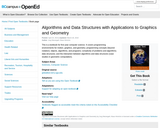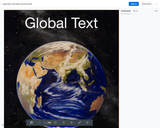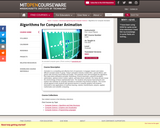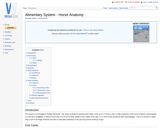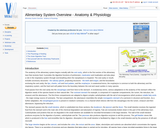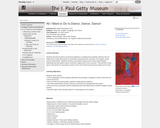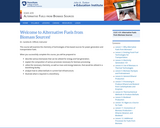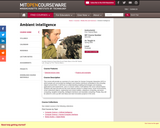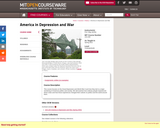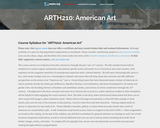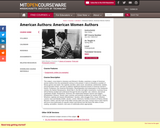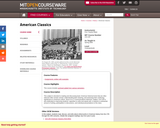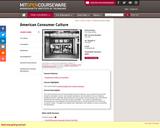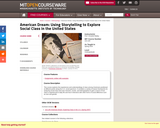
This course focuses on the fundamentals of computer algorithms, emphasizing methods useful in practice. Upon successful completion of this course, the student will be able to: explain and identify the importance of algorithms in modern computing systems and their place as a technology in the computing industry; indentify algorithms as a pseudo-code to solve some common problems; describe asymptotic notations for bounding algorithm running times from above and below; explain methods for solving recurrences useful in describing running times of recursive algorithms; explain the use of Master Theorem in describing running times of recursive algorithms; describe the divide-and-conquer recursive technique for solving a class of problems; describe sorting algorithms and their runtime complexity analysis; describe the dynamic programming technique for solving a class of problems; describe greedy algorithms and their applications; describe concepts in graph theory, graph-based algorithms, and their analysis; describe tree-based algorithms and their analysis; explain the classification of difficult computer science problems as belonging to P, NP, and NP-hard classes. (Computer Science 303)
- Subject:
- Applied Science
- Computer Science
- Material Type:
- Full Course
- Provider:
- The Saylor Foundation
- Date Added:
- 04/29/2019
